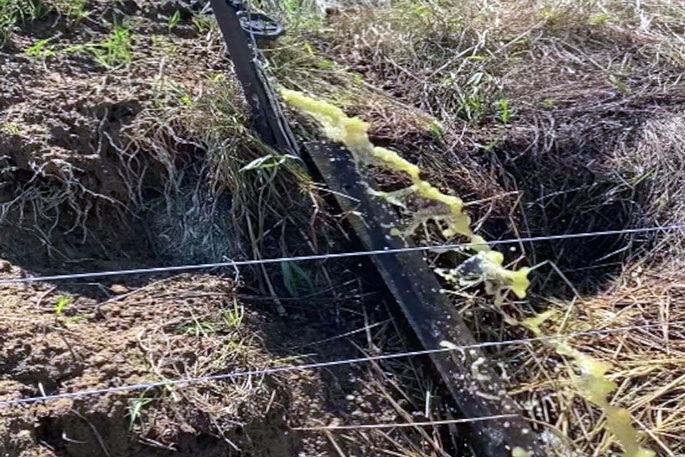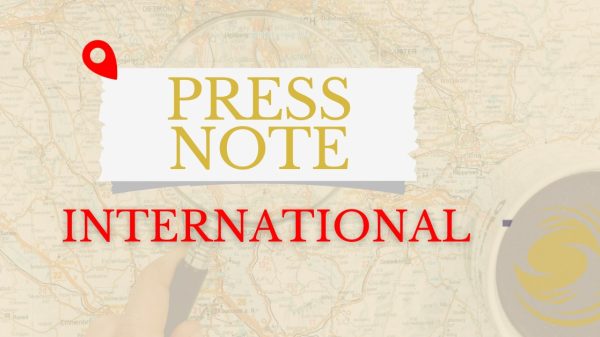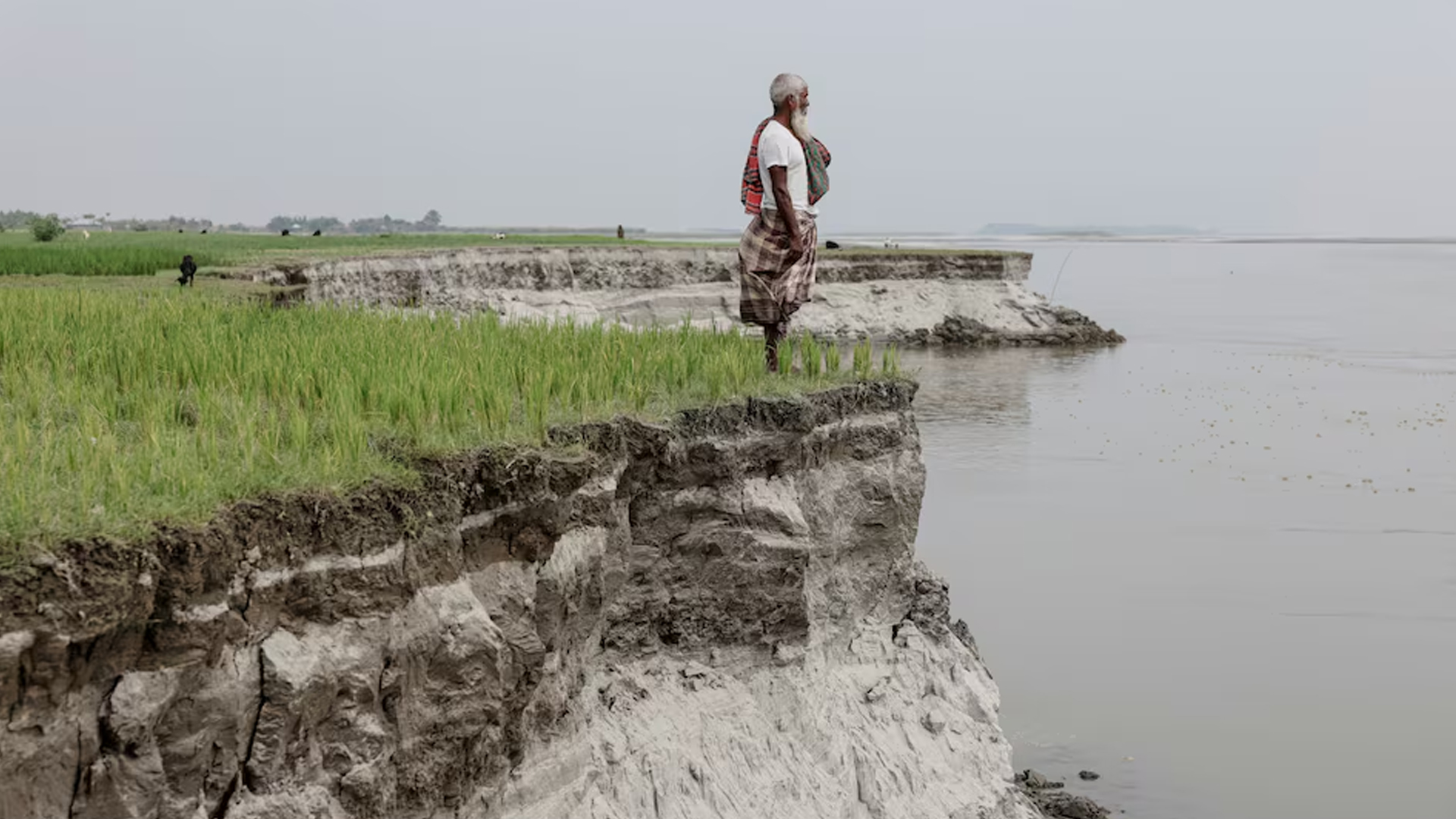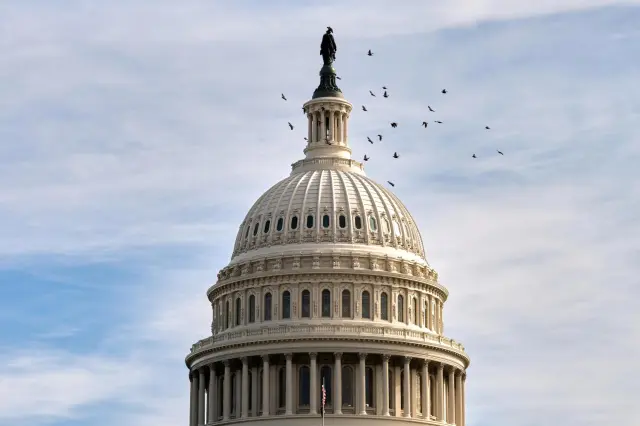University of Tokyo to raise fees 20%

University of Tokyo to raise fees 20%
Japan Times,
The University of Tokyo, Japan’s top public university, plans to raise its tuition fees by 20% from 2025 — its first increase in 20 years — while expanding its current financial aid eligibility for domestic students.
Under the proposal, its current tuition of ¥535,800 ($3,800) per year will be raised to ¥642,960, an increase of more than a ¥100,000. This will apply to domestic and international students newly enrolling in undergraduate programs beginning in fiscal 2025 and graduate programs from fiscal 2029. The rates for doctoral and law programs will be unaffected.
University of Tokyo President Teruo Fujii said Tuesday that while the university has made efforts to secure greater funding and government subsidies, intensified global competition in higher education has made the proposed increase necessary.
“We believe that improving the educational and learning environment for our students is an urgent necessity,” he said in a briefing to reporters. “In this context, we aim to establish a solid foundation for the continuous improvement of our educational environment and to ensure that we can provide world-class education.”
The university will not raise the tuition fees for current students as a “transitional measure to mitigate sudden changes.”
Additionally, the introduction of the hikes for graduate students in fiscal 2029 will ensure that current students who wish to pursue a higher degree receive a “cohesive academic experience” under the same tuition rates.

Meanwhile, newly enrolled domestic students with a family income of ¥6 million a year or less will be exempted from all tuition fees under the proposal. Currently, exemptions are granted to undergraduates with a family income of up to ¥4 million a year, and on a case-by-case basis for students enrolled in graduate programs.
The university said it will consider students with a family income of between ¥6 million and ¥9 million a year for a partial exemption of tuition fees.
Financial aid eligibility for international students will stay the same, though the suniversity clarified that foreign national students who are permanent residents in Japan are considered domestic students.
The proposed plan will go through several internal processes before taking effect. The
university expects to make the changes official by the end of September, barring unforeseen issues.
The education ministry sets a standard tuition rate for national universities, which is ¥535,800 for undergraduate and most graduate programs. However, it allows universities to raise this amount by up to 20% under “special circumstances,” which the University of Tokyo is invoking for its proposal.
The university estimates an increase in revenue of ¥1.35 billion from the higher tuition fees by the end of fiscal year 2028, which will be used to update the university’s online systems, maintain its facilities, enhance working conditions for teaching assistants and bolster student resources for mental health and opportunities to study abroad, among other areas.
Several other national universities, such as Chiba University and Tokyo Institute of Technology, have already raised their tuition fees in recent years.
Students at the University of Tokyo have been protesting against the proposed increases since they were first reported in May. Fujii said the reports had appeared abruptly during the initial stage of discussions, which made it difficult for the university to communicate the proposal properly to its students.
“This is something on which we deeply reflect, and, in that sense, we are now considering how we can handle such matters more carefully in the future,” he said.
PH growth now seen hitting target
The Manila Times,
The economy is on track to grow near potential, the Bangko Sentral ng Pilipinas (BSP) said, and growth is now expected to hit the 6.0- to 7.0-percent target this year.
“The outlook in domestic economic activity remains firm,” the central bank said in its latest Monetary Policy Report, with latest baseline forecasts pointing to within-target growth for 2024 and misses for 2025 and 2026.
The goals for both years are 6.57.5 percent and 6.5-8.0 percent, respectively.
A 6.3-percent expansion in the second quarter brought first-half growth to 6.0 percent, at the bottom end of the 2024 target.
“Growth prospects are relatively stable for the rest of the year,” the BSP said in the August policy report, “driven by robust construction spending and the timely implementation and expanded coverage of various government programs.”
Three months earlier, the BSP had said that while the outlook remained “intact,” the economy would “operate slightly below potential” and that growth could fall below the 2024 and 2025 targets.
In the latest report that was released on Monday, it said that the output gap — the difference between actual and potential economic output — would “remain slightly negative in 2024 and 2025 but will close in 2026.”

“Higher consumption, driven by higher real wages and stable overseas Filipino remittances, could offset the negative impact of previous policy interest rate adjustments on demand,” it added.
“This will bring domestic output closer to its potential over the policy horizon.”
Labor market improvements and continued investment growth are also expected to buoy potential output, which could be accelerated by key reforms aimed at promoting investments and business activity.
The BSP’s policymaking Monetary Board began easing last month, ordering a 25-basis-point cut that brought the policy rate down to 6.25 percent.
Further reductions are expected to be announced well into next year, possibly even in 2026, to bring the rate back to or near where it was — 2.0 percent — before tightening began in May 2022 when inflation started surging.
Consumer price growth is estimated to fall within the 2.0- to 4.0-percent target this year with both the baseline and risk-adjusted forecasts trimmed to 3.4 percent and 3.3 percent, respectively, from 3.5 percent and 3.8 percent in the May policy report.
“The balance of risks to the inflation outlook now leans toward the downside for 2024 and 2025, with a slight tilt toward the upside for 2026,” the BSP said.
Higher fares and power rates were tagged as upside risks and assigned probabilities of “medium” and “high,” respectively.
Lower rice prices due to a reduction in the import duty, meanwhile, was identified as the primary downside risk.
Dairy farm manager fined $52k
Te Puke Times ,
Pongakawa dairy farm manager has been convicted and fined $52,500 for illegally discharging effluent from a farm storage pond which ended up flowing into the Waih¯ı Estuary.
Wayne Rutland pleaded guilty in the Environment Court at Tauranga to a charge of unlawfully discharging dairy effluent on to or into land at a farm property in Old Coach Rd which entered the Wharere Canal. The canal flows into the Waih¯ı Estuary, which is between Maketu¯ and Pukehina,
The Bay of Plenty Regional Council prosecution relates to Rutland allowing effluent to be illegally discharged from a storage pond on a farm property in Old Coach Rd, Pongakawa, owned by Scott Farms (Pongakawa) Ltd on December 22, 2022. The maximum penalty for this offence is two years in prison or a fine of $300,000.
The farm is about 16km southeast of Te Puke and 12km south of Maketu¯ .
Wharere Canal is a habitat for whitebait, eels and other species and a food source for local iwi and fishers.
The council’s summary of facts described Waih¯ı Estuary as a “natural taonga” and said because of the declining water quality during recent decades, there were fewer shellfish, crabs and worms in the estuary and extra efforts were being taken to improve its ecological health.
Judge Sheena Tepania’s recent sentencing decision, which included the council’s summary of facts, was released to the Bay of Plenty Times.
The summary said at the time of illegal discharge, Rutland had worked as the farm manager at Scott Farms for more than 16 years and was responsible for the farm’s day-to-day operations, including the irrigation system.
In March 2020, the farm owner was granted resource consent by the council allowing the discharge of dairy effluent and dairy sludge to land at the farm, subject to conditions including no effluent “reaching surface waters by an overflow or direct discharge” and keeping effluent irrigation records.
The prosecution stems from a council officer’s routine compliance inspection on November 22, 2022, and a follow-up visit by two officers on December 22, 2022.
During the first visit, the officer saw discoloured liquid discharging from the side of the effluent pond and an outlet pipe with a tap on it, and
effluent appeared to be flowing from a 100mm wide hole in the pond wall, the summary said.

The officer told Rutland and a farm director the discharge must stop immediately and the hole in the pond wall and the outlet pipe and tap must be blocked.
On December 22, 2022, when two council officers visited the farm to inspect the repairs, they saw effluent flowing from the same outlet pipe and no irrigation equipment nearby.
Council officers followed the effluent flow path to a drain that contained flowing water that then flowed through a culvert into an adjoining paddock.
The “affected drain” then flowed through a culvert under Old Coach Rd and on to the neighbouring property — about 4km beyond the Old Coach Rd culvert, the drain flows into the Wharere Canal, and ultimately into Waih¯ı Estuary, the summary said.
Laboratory testing of effluent samples downstream from the discharge point found elevated levels of faecal material and ammonia concentrations.
The council’s lawyer, Hayley Sheridan, told Judge Tepania the appropriate starting point for the fine was $80,000, given the “relatively large volume” of effluent discharged over two days, with moderately serious environmental effects.
She said this was not a system failure but Rutland either deliberately allowed the discharge from the unsupervised outlet tap or was “reckless” to the possibility.
Rutland’s lawyer Lana Burkhardt argued for a fine starting point of $40,000 given there was no evidence her client deliberately left the outlet pipe tap on and described his conduct as “highly careless or even negligent”.
Burkhardt said Rutland accepted he was fully responsible for the discharge and urged Judge Tepania to accept this was a “one-off incident”.
Judge Tepania said a $52,500 fine was appropriate.
Rutland was ordered to pay court costs of $130 and solicitor costs of $113.






















